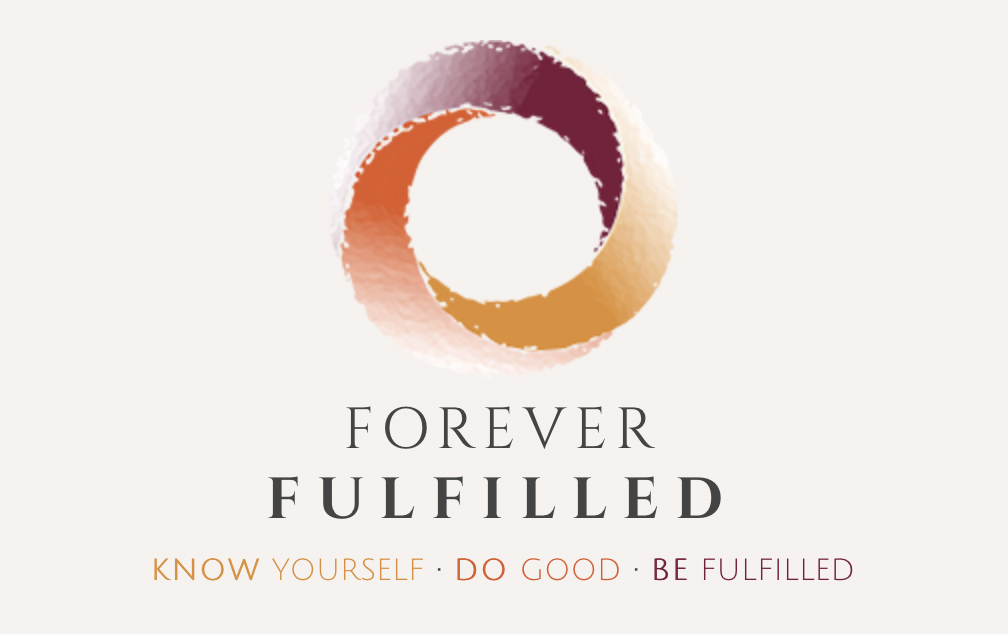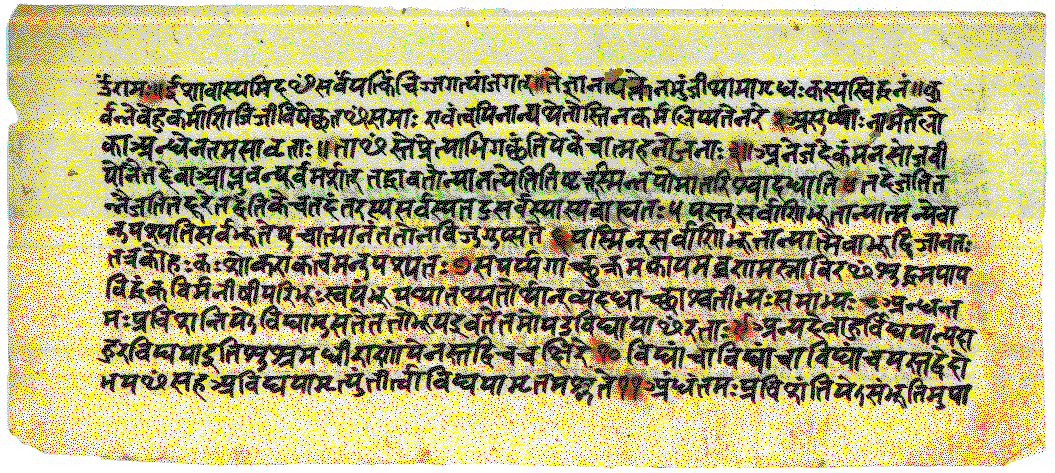Taking the correct standpoint is the most important prerequisite to studying Vedānta. When I approached my Vedānta teacher, Sri Srinivasa Murthy ji of Bangalore, for study, he asked me a simple, yet profound, question: Do you want to be a mantra-vit (knower of the mantras or Vedantic texts) or you want to be an ātma-vit (the knower of the Self)?
That question really gave me a pause, stopping my racing mind in its tracks. I timidly replied, of course, I want to be an ātma-vit!
Good, he said, we can then begin our dialogues about Vedānta.
First things first, he said, you need to take a correct standpoint before you begin your study of Vedānta. Then he devoted next six months, helping me to take the correct standpoint.
Why, one may wonder, it is important to take a correct standpoint before beginning our study in any field?
My teacher once said, “If you want to study astro-physics and you believe that sun rises in the east and sets in the west, you will never learn physics, even if you read 1000 books and study for aeons.”
Why so? Because from an incorrect standpoint, one can only draw incorrect conclusions.
Generally, a seeker considers oneself an “entity” and tries to do sādhnā (spiritual practice) or learn ātma-jñana (Self-Knowledge) from the standpoint of an individual entity. Proceeding thus, the seeker will never reach the goal of liberation. It will be like roving a boat that is tied to a post.
Put differently, the biggest mistake one can make in beginning one’s spiritual journey is to do so from the standpoint of ‘me-notion’ or the ‘ego.’ How can one know the changeless while rooted in the ever-changing ego.
The reader may be wondering what standpoint one needs to take before studying Vedānta?
It is the standpoint of unchanging principle in us, the Witnessing-Consciousness (sākshi-chaitanya).
The journey, as my teacher wont to say, is from ‘me’ to ‘I.’
In which direction is your ‘me’ turned?
Toward the world? Or toward the Self?
Toward the myriad, changing objects or toward the One, unchanging Subject?
One prakriyā (exercise) that can help is called Subject-Object clarity.
Is the body subject or object?
We experience the body as an object–tall, short, thin, stout and so forth.
What about the mind? Subject or object?
We also know our mind as an object. When we say my ‘mind’ is sluggish or disturbed, we are actually objectifying our mind. Same is true of our intellect and the skin-encapsulated ego.
What about our consciousness? Subject or object? Can you objectify your consciousness? If you say, yes, then we have to ask, how do you know? Do you have two consciousnesses: one subject, and another an object? Two consciousnesses sounds absurd, contrary to reasoning.
So, when we negate all that is object to us–body, mind, senses, intellect, ego–we arrive at the ultimate Subject that cannot be negated. This methodology is called ‘Neti, Neti’–Not this, not this, as described in Brihadāranyaka Upānishad 4.5.15: The Self is that which has been described as ‘not this, not this.’
You cannot negate your own consciousness, just like you cannot negate your own existence. This consciousness is the Witnessing-Consciousness which is the true Self of each one of us.
Vedānta says there is only one Reality, without a second. That reality is the inner-self of each and everyone. That self is of the nature of the Witnessing-Consciousness, which can never be negated or thought away.
One needs to take a stand in that Witnessing Consciousness if one were to reach the goal of amrit-tattva (immortality) or moksha. For, it is the only changeless principle in us that is the witness of all the changes.
Swami Satchidanandendra Saraswati provides the greatest pointer to become an ātma-vit:
“The critical student of Vedānta should always try to discriminate between his ‘me’ in waking and the Witness thereof which is the only Reality existing in and for Itself.” (Intuition of Reality, p. 102)
May the Divinity dawn this realization in our own hearts. 🙏🙏


Recent Comments